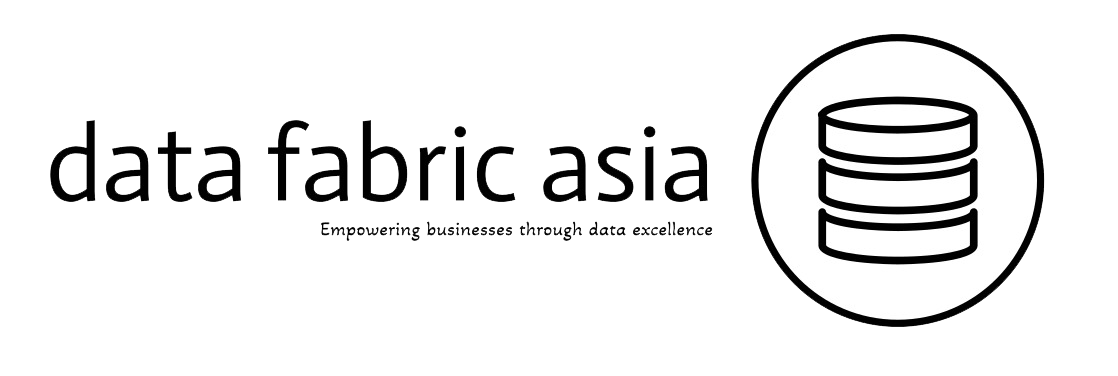In the ever-evolving landscape of data management and analytics, the emergence of new technologies often marks significant shifts in how businesses operate and leverage data. One such technological advancement making waves in the Hybrid Transactional/Analytical Processing (HTAP) domain is MySQL HeatWave. Combining the strengths of OLTP and OLAP workloads in the cloud, MySQL HeatWave offers a compelling proposition for Snowflake customers seeking a more integrated and efficient solution. This article delves into the features, benefits, and reasons why Snowflake customers should seriously consider transitioning to MySQL HeatWave.
Understanding HTAP and the Cloud Advantage
HTAP systems are designed to handle both transactional and analytical workloads concurrently. This dual capability allows businesses to process real-time transactions while simultaneously running complex analytics on the same data set. The demand for HTAP systems has surged as organizations seek faster insights and real-time decision-making capabilities.
The cloud adds another dimension to HTAP systems, providing scalability, flexibility, and reduced infrastructure management. MySQL HeatWave leverages these cloud benefits, offering a seamless, managed service that simplifies the complexities of HTAP workloads.
MySQL HeatWave: A Closer Look
1. Unified OLTP and OLAP Workloads
MySQL HeatWave stands out by integrating OLTP and OLAP capabilities within a single database service. Traditionally, businesses have had to maintain separate systems for transactional and analytical processing, leading to data silos, synchronization issues, and increased operational costs. MySQL HeatWave eliminates these challenges by enabling real-time analytics on live transactional data without the need for data movement or ETL processes.
2. Performance and Scalability
Performance is a critical factor in HTAP systems. MySQL HeatWave delivers impressive performance through its in-memory processing and optimized algorithms. The HeatWave query engine accelerates complex queries, allowing businesses to gain insights from their data up to 10 times faster than traditional MySQL databases. Additionally, MySQL HeatWave’s scalability ensures that it can handle growing data volumes and increasing query complexities with ease.
3. Simplified Infrastructure Management
One of the most significant advantages of MySQL HeatWave is its managed service model. Customers no longer need to worry about infrastructure provisioning, maintenance, or scaling. MySQL HeatWave handles these tasks automatically, freeing up IT resources to focus on strategic initiatives rather than day-to-day operations. This managed service approach reduces the total cost of ownership (TCO) and accelerates time-to-value.
4. Cost-Effective Solution
Cost efficiency is a major consideration for businesses evaluating data management solutions. MySQL HeatWave offers a cost-effective alternative to traditional on-premises systems and other cloud-based solutions. By consolidating OLTP and OLAP workloads into a single platform, businesses can reduce their infrastructure and licensing costs. Furthermore, the pay-as-you-go pricing model of MySQL HeatWave ensures that businesses only pay for the resources they use, providing flexibility and cost control.
Why Snowflake Customers Should Consider MySQL HeatWave
1. Integrated HTAP Capabilities
Snowflake has been a popular choice for cloud data warehousing and analytics, but it primarily focuses on OLAP workloads. For Snowflake customers running separate OLTP systems, MySQL HeatWave offers a compelling integration of both transactional and analytical processing. This unified approach streamlines operations, reduces data latency, and enhances real-time decision-making capabilities.
2. Enhanced Performance and Real-Time Analytics
While Snowflake excels in analytical processing, MySQL HeatWave’s in-memory processing and optimized query engine deliver superior performance for HTAP workloads. Businesses can perform real-time analytics on live transactional data, enabling faster insights and more responsive decision-making. This performance boost is particularly valuable for industries requiring real-time data analysis, such as finance, e-commerce, and IoT.
3. Simplified Data Architecture
Snowflake customers often rely on complex ETL processes to move data from transactional systems to their data warehouse. MySQL HeatWave eliminates the need for these processes by providing a single platform for both OLTP and OLAP workloads. This simplification reduces data movement, minimizes latency, and lowers the risk of data inconsistencies. Businesses can achieve a more streamlined and efficient data architecture with MySQL HeatWave.
4. Reduced Operational Overhead
Managing multiple data systems can be resource-intensive and complex. MySQL HeatWave’s managed service model alleviates this burden by handling infrastructure management, scaling, and maintenance automatically. Snowflake customers can benefit from reduced operational overhead, allowing their IT teams to focus on innovation and strategic initiatives rather than routine maintenance tasks.
5. Cost Savings
Cost efficiency is a significant advantage of MySQL HeatWave. By consolidating OLTP and OLAP workloads, businesses can reduce their infrastructure, licensing, and operational costs. Snowflake customers can achieve cost savings by eliminating the need for separate transactional systems and data integration processes. The pay-as-you-go pricing model of MySQL HeatWave ensures that businesses have control over their spending and can scale resources based on their needs.
Steps to Transition from Snowflake to MySQL HeatWave
Transitioning from Snowflake to MySQL HeatWave involves several steps to ensure a smooth and successful migration. Here is a high-level overview of the migration process:
1. Assess Current Workloads and Requirements
Begin by assessing your current workloads, data volume, and performance requirements. Identify the specific transactional and analytical workloads that will benefit from MySQL HeatWave’s integrated HTAP capabilities.
2. Plan the Migration Strategy
Develop a detailed migration strategy that outlines the steps, timelines, and resources required for the transition. Consider data migration, schema conversion, and application changes needed to support MySQL HeatWave.
3. Data Migration
Migrate your data from Snowflake to MySQL HeatWave. Use tools and services provided by MySQL HeatWave to facilitate the data migration process. Ensure data integrity and consistency during the migration.
4. Schema Conversion and Optimization
Convert your existing database schema to MySQL HeatWave’s format. Optimize the schema for performance and ensure compatibility with your applications. Leverage MySQL HeatWave’s in-memory processing capabilities to enhance query performance.
5. Application Integration
Update your applications to connect to MySQL HeatWave. Modify any application logic or queries that rely on Snowflake-specific features. Test the integration thoroughly to ensure seamless operation.
6. Performance Testing and Optimization
Conduct performance testing to validate that MySQL HeatWave meets your performance requirements. Optimize queries and configurations as needed to achieve the desired performance levels.
7. Go-Live and Monitoring
Execute the final migration and go-live. Monitor the system closely during the initial period to identify and address any issues promptly. Leverage MySQL HeatWave’s monitoring and management tools to ensure optimal performance and availability.
Conclusion
MySQL HeatWave represents a significant advancement in the HTAP domain, offering integrated OLTP and OLAP capabilities in a managed cloud service. For Snowflake customers, transitioning to MySQL HeatWave provides numerous benefits, including enhanced performance, simplified data architecture, reduced operational overhead, and cost savings. By leveraging MySQL HeatWave’s strengths, businesses can achieve real-time insights, faster decision-making, and a more efficient data management strategy. As the demand for real-time analytics continues to grow, MySQL HeatWave is poised to become a game-changer in the world of data management and analytics.

